(Périgueux 1851 - 1936)
Outskirts of Périgueux in autumn
Oil on cardboard
H. 19 cm; L. 25 cm
Signed and dated 1918 lower right
Provenance: Private collection, Périgueux
Jean-Georges Pasquet was born in 1851, in Périgueux. After a very poorly documented Périgord childhood, the young artist arrived in Paris and joined the School of Fine Arts from which he graduated a few years later. He returned to his land in 1879 to take charge of the municipal drawing school of Périgueux, and also became a drawing teacher at the Normal Schools for boys and girls. A student of Gustave Boulanger, Jules Lefèvre and Jean-Joseph Benjamin-Constant, the painter places his easel on the banks of the Dordogne or the Isle to "tell some memories" through realistic landscapes filled with gentleness. Through his style, the painter reveals a great idea to his compatriots, of his country and his origins. We find works devoid of artifice, representing inhabitants of the region, working their land or simply strolling along the paths. These paintings or drawings by Pasquet retrace life in Périgord at dawn and during the 20th century, always located in very specific places. He is one of the artists of the Périgueux School. This school, somewhat forgotten in the history of art, highlights the heritage and identity of the Périgord lands. Among the representatives, we find Jean-Louis Daniel, André Saigne, Georges Darnet, René Laforest, Roger Favard and André Prugent. This movement has as a common denominator a theme which stands out from the canons of the time: landscape. “It is a school without a leader and without a dominant style, but which worked with extraordinary enthusiasm. They liked to tackle pieces of nature that we call picadis here. » Jean-Michel Linfort The artist paints the Dordogne but not only that, he travels to Creuse and very regularly to Saint Georges de Didonne. He painted rivers, the sea, ports, bridges, dunes and forests. So many motifs that he knows how to transcribe and to which he brings to life thanks to the bright colors and the movement given to his brush, to give relief to the landscapes.
At the end of the Great War, Pasquet painted this small landscape at almost 70 years old, on the outskirts of Périgueux, most certainly in the Campniac valley below Coulounieix. This view in shimmering colors shows us a small path leading into the wooded valley at the entrance of which there is a family sitting.


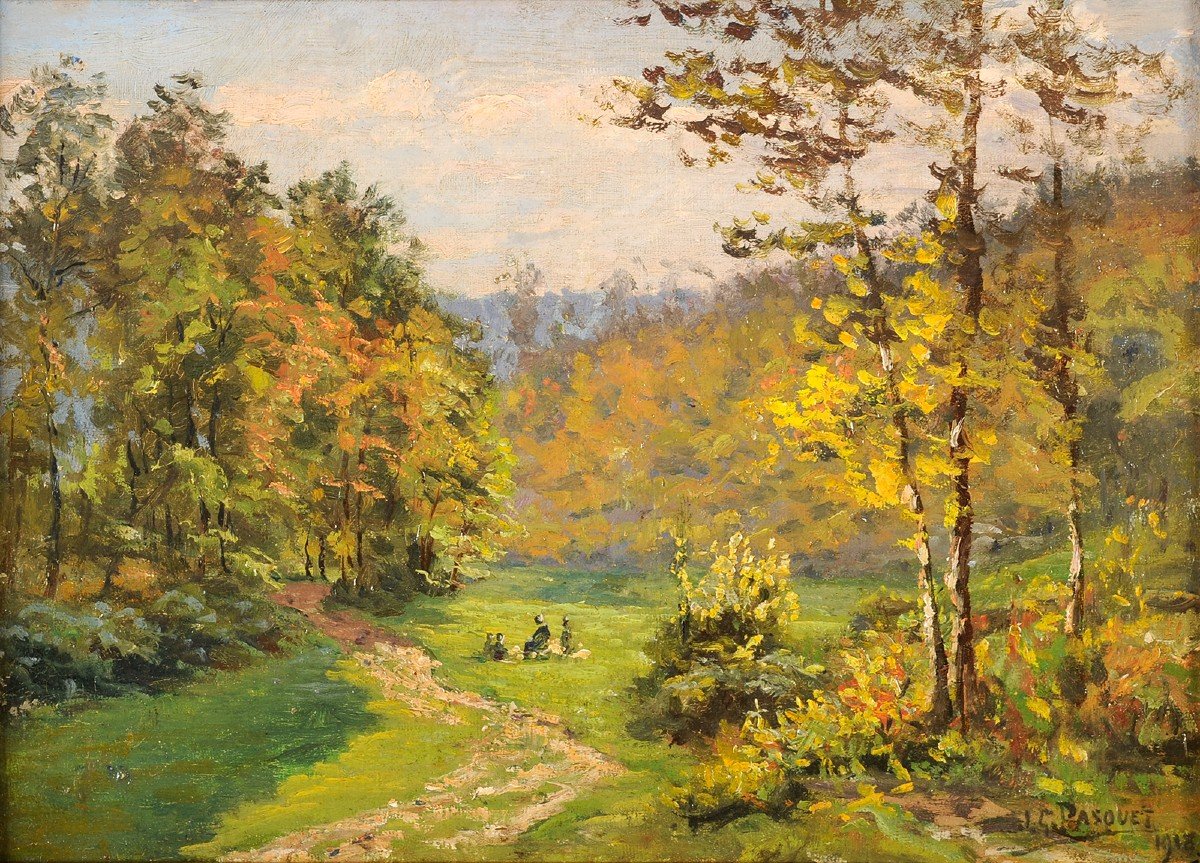
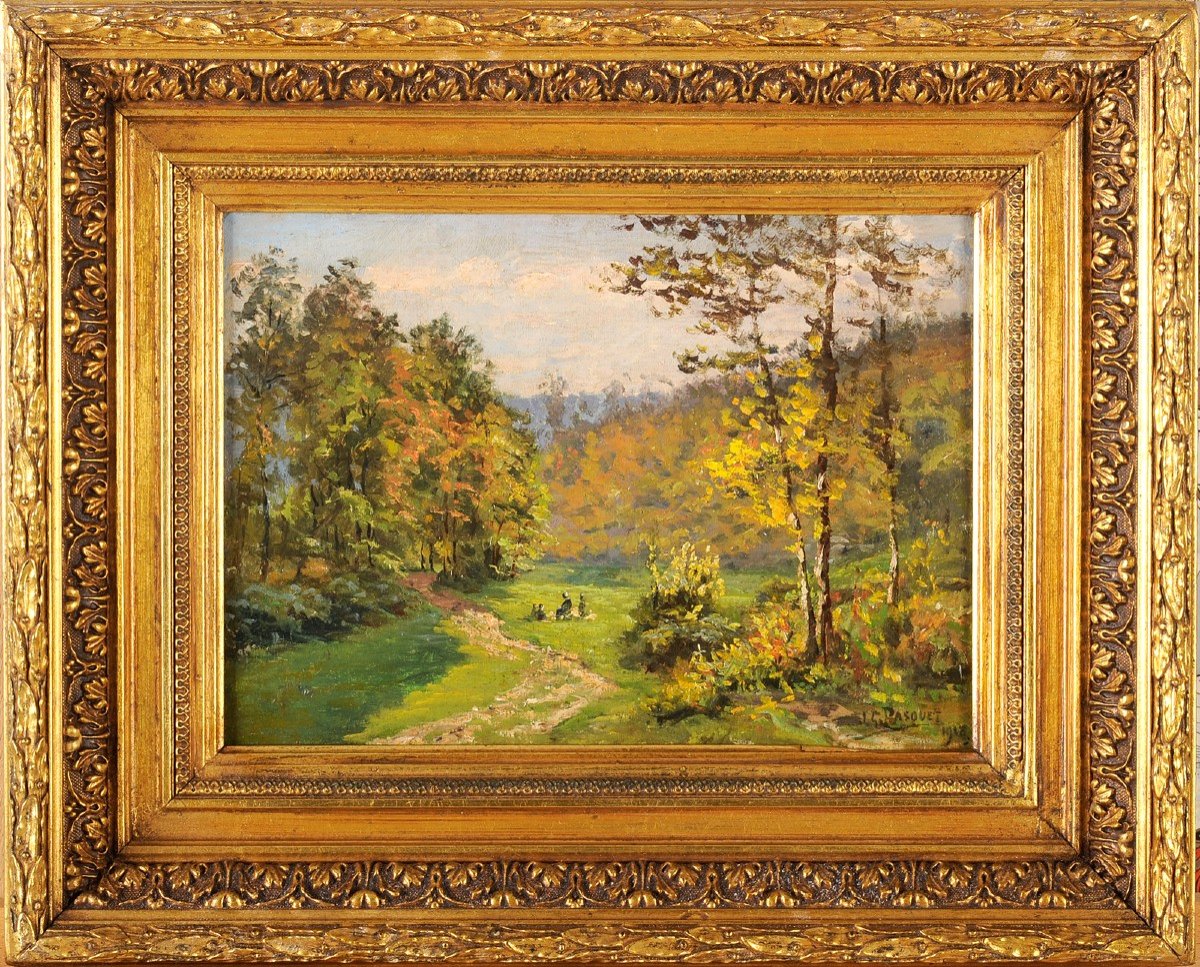

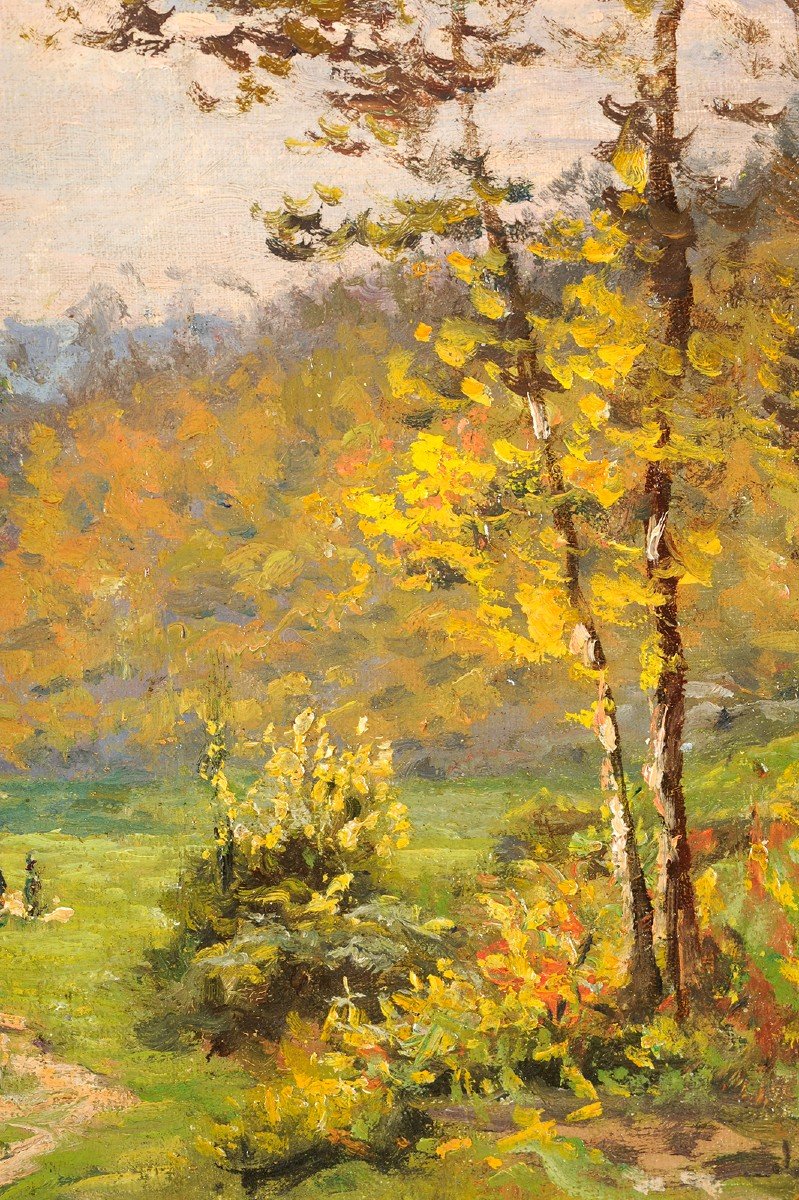
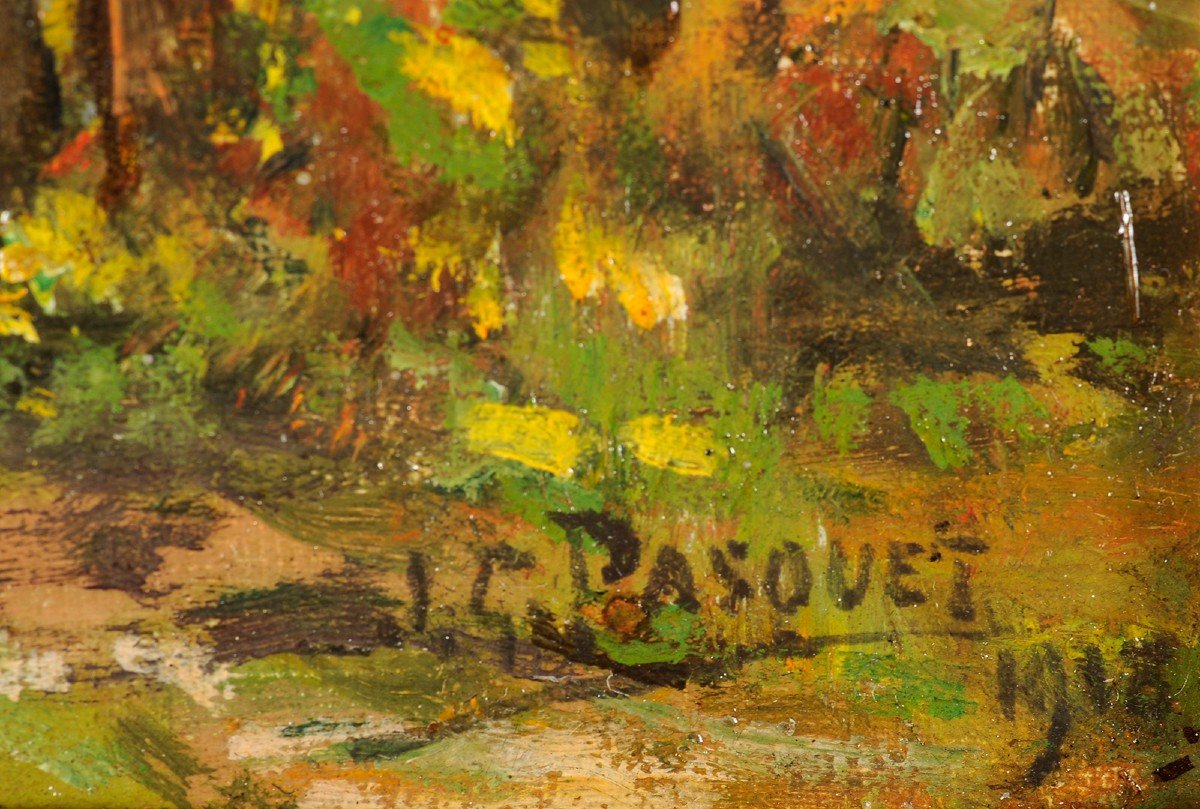













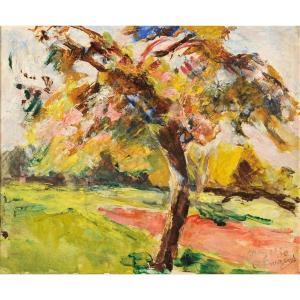
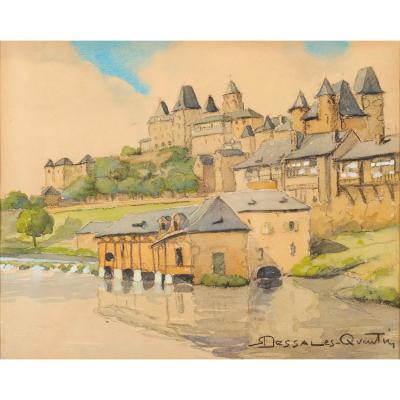

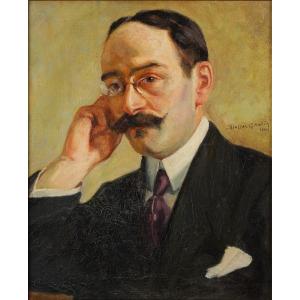
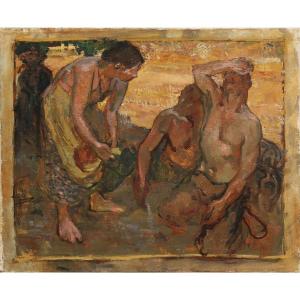


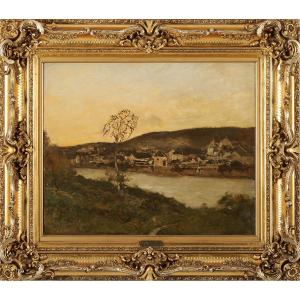










 Le Magazine de PROANTIC
Le Magazine de PROANTIC TRÉSORS Magazine
TRÉSORS Magazine Rivista Artiquariato
Rivista Artiquariato